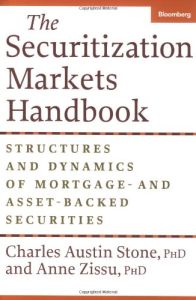
The Securitization Markets Handbook
Structures and Dynamics of Mortgage - And Asset-Backed Securities
Read or listen offline
Amazon KindleRecommendation
Authors Charles Austin Stone and Anne Zissu’s treatise on asset-backed securities is part handbook and part textbook, including technical charts, graphs and formulas. Both finance professors and Ph.D.’s, the authors are the founding editors of two financial quarterlies, The Financier and The Securitization Conduit. As you might expect from authors with their expertise, this book thoroughly covers the structure, dynamics and characteristics of various asset-backed securities. You might pick up the book to learn about the precise details of these instruments, or to refresh your memory for the fine points. It carefully explains how institutions package bond-type products for investors based on funding from different assets, such as mortgages or credit card payments. The authors fulfill every reader’s wish for comprehensiveness, although they place a good deal less emphasis on style and readability. Even specialists will find this a challenging read, though it is an information-packed reference book. getAbstract.com believes it is useful and appropriate for professionals who need to know the technical details of particular market structures.
Summary
About the Authors
Charles A. Stone, Ph.D., is visiting professor of finance at Université Paris Dauphine. Anne Zissu, Ph.D., is professor of finance at Temple University in Philadelphia. They are the founding editors of The Financier and of The Securitization Conduit.








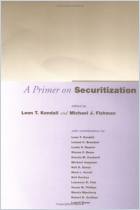
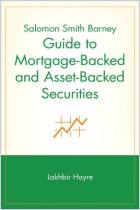
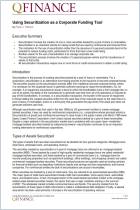

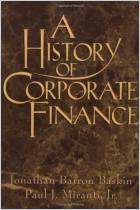
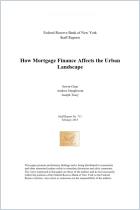






Comment on this summary or Start Discussion